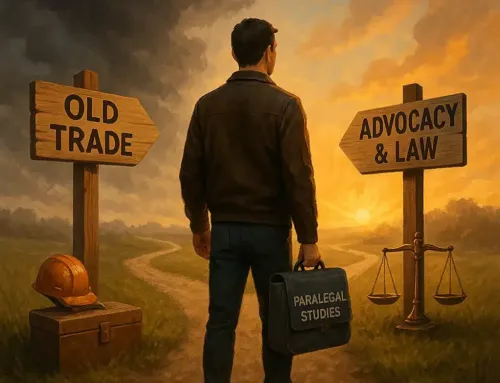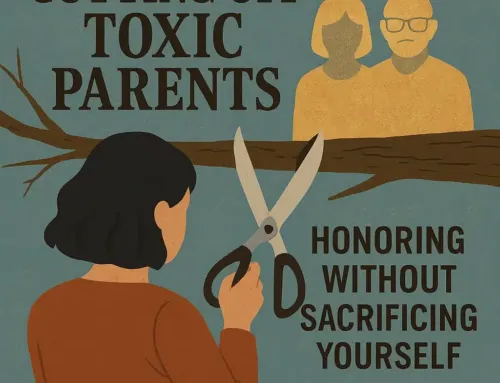
Approx. read time: 6.8 min.
Post: Explaining the World to My Son: The Invisible Dynamics of Wealth
It was a quiet evening, and we were sitting in the living room when my 16-year-old son, a curious teenager on the brink of adulthood, asked me a question that would lead to a profound conversation.
The Question That Started It All
“Dad,” he began, his eyes filled with the earnestness of youth, “can you tell me how the world really works?”
The Importance of Understanding
I paused, realizing that this was not just a question about economics or politics, but a deeper inquiry into the forces that shape our lives, often without us even realizing it. It was a chance to share some hard truths about the world we live in—a world defined by the interplay between the rich, the middle class, and the poor.
The Three Classes: Rich, Middle Class, and Poor
Who Are the Rich?
“Son,” I said, “the world is divided into three main classes: the rich, the middle class, and the poor.”
The rich are those who hold substantial wealth—far beyond what most people can imagine. They live in a different reality, separated from the daily struggles that the rest of us face. Their wealth gives them power, not just over their own lives, but over the lives of others. They own the businesses, control the markets, and influence the policies that govern society.
Defining the Middle Class
The middle class is the backbone of our economy. These are the people who work hard to maintain a certain standard of living. They aspire to give their children better opportunities, to own homes, and to enjoy the fruits of their labor. But despite their efforts, they often find themselves struggling to keep up with rising costs and stagnant wages.
Understanding the Poor
Then, there are the poor. These are the individuals and families who struggle just to make ends meet. Their lives are marked by uncertainty, as they face challenges like unemployment, lack of access to education, and inadequate healthcare. The poor are the most visible in society, and their struggles are often portrayed as the result of personal failure rather than systemic issues.
The Middle Class Financing the Rich and the Poor
How the Middle Class Supports the Rich
“Now, here’s where it gets interesting,” I said. “The middle class, despite their own financial struggles, actually ends up financing both the rich and the poor.”
The middle class contributes to the wealth of the rich in several ways:
Taxes: The Hidden Flow of Wealth
Through taxes, the middle class plays a significant role in enriching the wealthy. While the middle class pays a substantial portion of their income in taxes, the rich often use loopholes and tax strategies to minimize their contributions. Yet, it’s the middle class that shoulders much of the burden when it comes to funding public services and infrastructure that everyone, including the rich, benefits from.
Consumer Spending: Fueling Corporate Wealth
Then there’s consumer spending. The middle class drives the economy by purchasing goods and services. But where does that money go? It flows to large corporations and shareholders, many of whom are part of the wealthy elite. Every time the middle class spends money on products from major companies, a portion of that money goes directly into the pockets of the rich.
How the Middle Class Supports the Poor
On the other hand, the middle class also finances the poor, albeit to a lesser extent.
Taxes and Welfare: Supporting the Needy
Through their taxes, the middle class funds government programs designed to help those in need—programs like food assistance, housing support, and healthcare subsidies. While these programs are essential for those who rely on them, they also represent another financial burden on the middle class.
Charity: Direct Contributions to the Poor
In addition, many middle-class families contribute to charities and non-profit organizations that support the poor. Whether it’s donating to a local food bank or volunteering at a homeless shelter, the middle class often plays a direct role in helping those less fortunate.
The Rich’s Manipulation of Perception
Controlling the Narrative: How the Rich Shape Public Opinion
“But here’s the tricky part,” I said, leaning in a bit closer. “The rich have managed to convince the middle class that it’s the poor who are taking all of their money, not the rich.”
Media Influence: The Power of the Press
The rich control much of the media and political discourse. They use their influence to shift the narrative away from their own wealth and towards the struggles of the poor. By highlighting welfare programs and portraying them as unfair drains on the economy, the rich divert attention away from the fact that they are the ones benefiting the most from the current system.
Political Power: Policy in the Hands of the Wealthy
The media plays a significant role in this manipulation. Many of the major news outlets are owned by wealthy individuals or corporations. These outlets often shape public opinion by focusing on the visible struggles of the poor, while rarely highlighting the ways in which the rich exploit the system. This creates a perception that the poor are a burden on society, while the rich remain largely invisible.
Visibility vs. Invisibility: The Rich and the Poor
And that’s the key—visibility. The middle class sees the poor every day. They encounter homelessness, poverty, and crime in their communities. But the rich? They live in gated communities, send their children to private schools, and vacation in exclusive resorts. They are out of sight and, therefore, out of mind.
The Consequences: The Rich Get Richer, the Poor Get Poorer, and the Middle Class Pays the Bills
The Cycle of Economic Inequality
“In the end,” I said, “the rich get richer, the poor get poorer, and the middle class is left paying the bills.”
The Rising Wealth of the Rich
I explained how this cycle perpetuates itself. The rich, by amassing more wealth, gain even more power to influence policies that benefit them. This allows them to continue accumulating wealth at the expense of the middle class and the poor.
The Struggles of the Middle Class
Meanwhile, the middle class continues to struggle with stagnant wages and rising costs, while the poor face increasingly dire circumstances. This growing economic inequality has serious consequences.
The Decline of the Poor
It erodes the middle class, the very group that has historically driven economic growth and stability. As the middle class shrinks, the economy becomes more unstable, leading to greater poverty and hardship for those at the bottom.
Conclusion: The Lesson and My Son’s Reaction
A Father’s Reflection
I finished my explanation and looked at my son, hoping that I had managed to convey the complexity of the world’s economic dynamics in a way that made sense.
A Teenager’s Perspective
He sat there for a moment, processing what I had said. Then, he looked at me with a smirk and said, “Dad, you are one boring teacher.”
The Importance of Awareness
I couldn’t help but laugh. His reaction reminded me that the truth, while important, isn’t always exciting. But I also knew that this conversation was just the beginning. Even if my explanation didn’t captivate him, I hoped it would plant a seed of awareness that would grow over time.
Final Thoughts
Understanding the world isn’t easy, and it’s certainly not always thrilling, but it’s a journey that’s worth taking—especially if it leads to a better understanding of the forces that shape our lives. And so, I smiled at him and said, “Maybe so, son. But one day, you’ll realize that sometimes the boring stuff is what really matters.”









